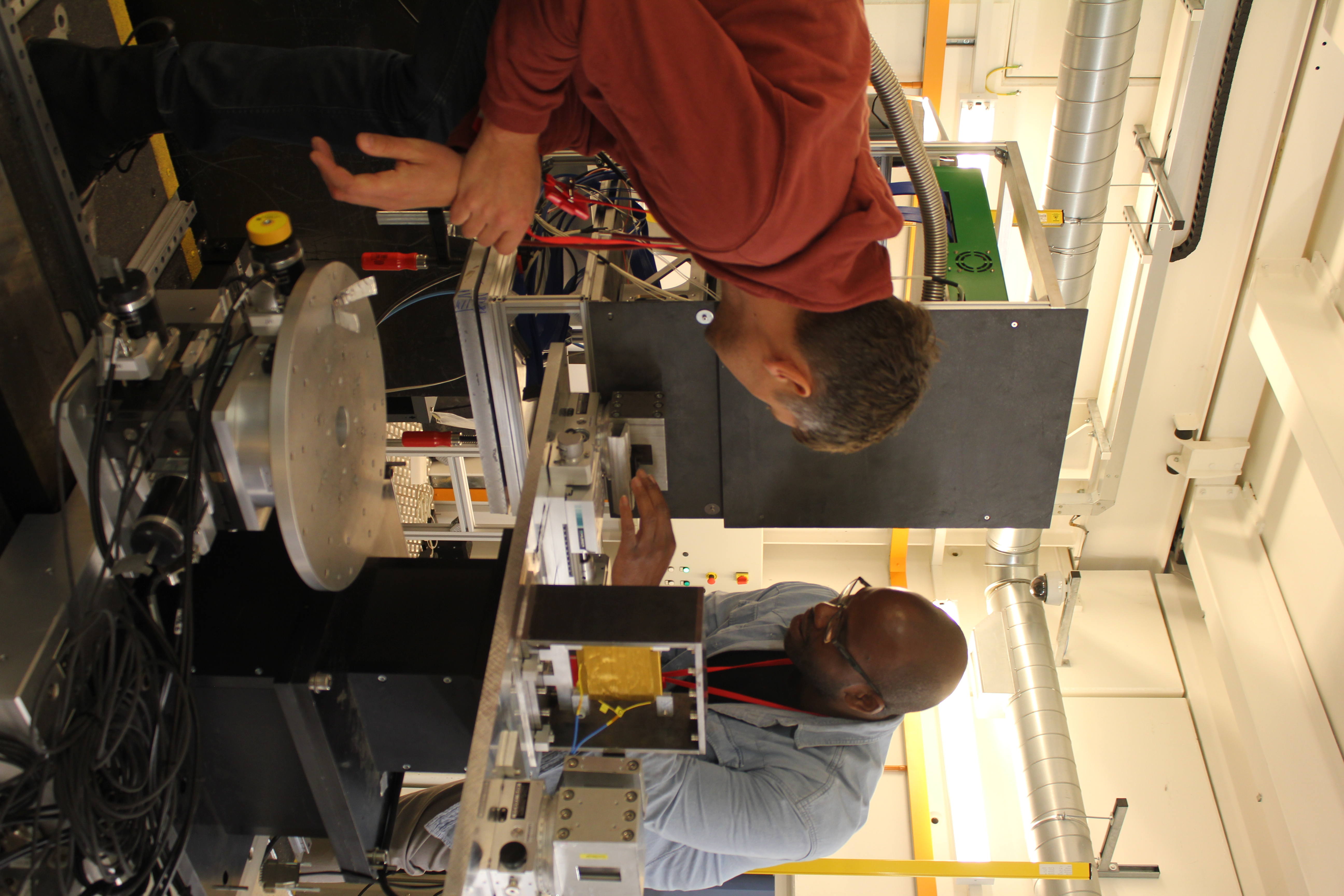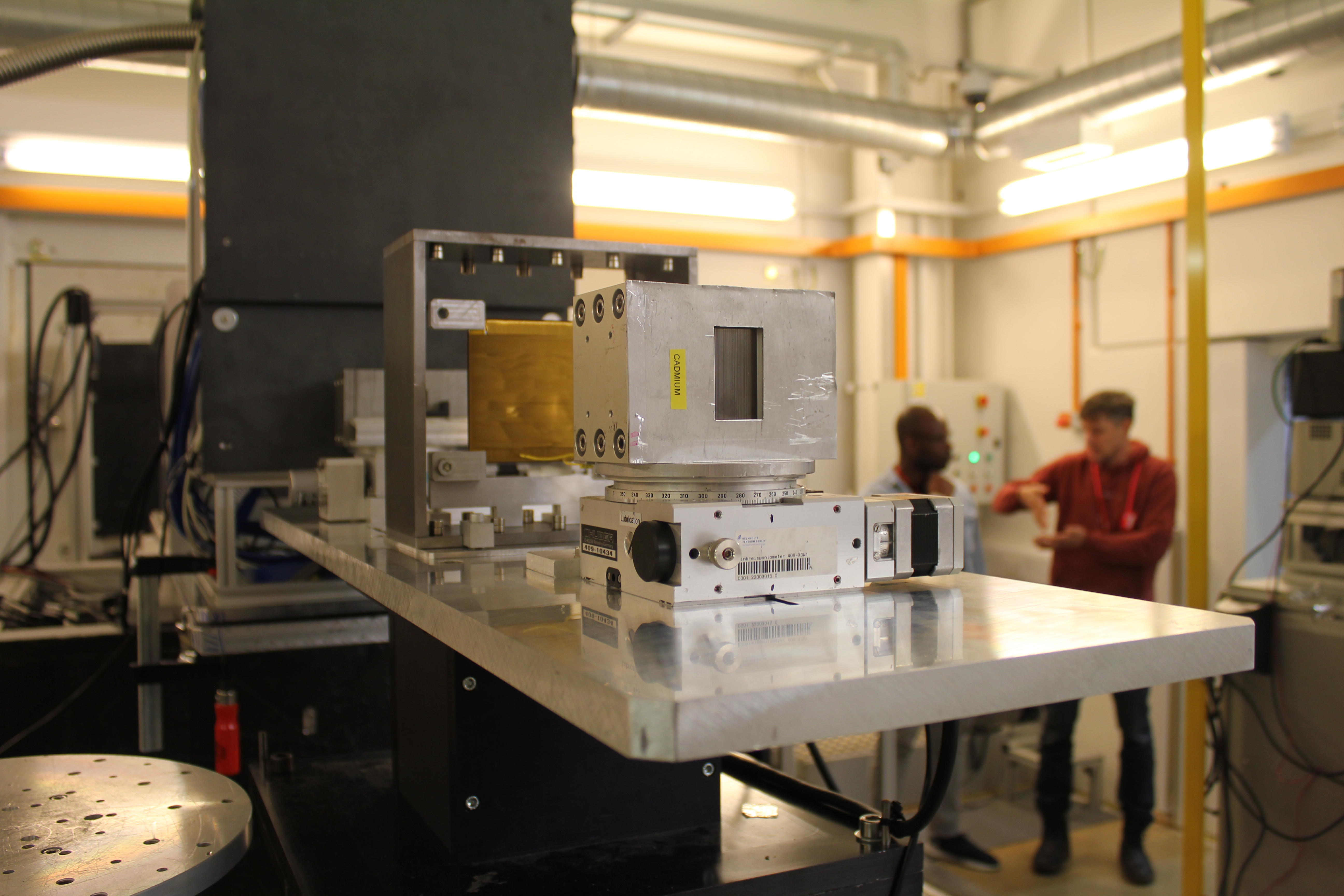The magnets inside many 'green' technologies such as electric vehicles and wind turbines are made from rare-earth materials like neodymium and dysprosium. These are expensive, produce lots of waste and have various mining concerns.
Professor Martin Sahlberg from Uppsala University is looking at how to use additive manufacturing to produce magnets that are made from other materials that are cheaper and have a lower environmental impact. To be able to design the magnets in a way that makes them useful for different applications, it's important to understand how the 3D-printing process impacts the internal structure and magnetic properties.
Using crystallography, it is possible to investigate the alignment of the crystals, but further studies are needed to look at the magnetic arrangement that results. Polarised neutrons can be used to study magnetic fields but have never been used on the IMAT beamline at ISIS before.
Using knowledge from other European facilities, along with the polarised neutron team at ISIS, this technology has been used for the first time to image magnetic fields around known magnetic samples, and some new magnets produced by Professor Sahlberg.
The collaboration between Dr Nikolay Kardjilov from Helmholtz-Zentrum Berlin (HZB), Mr Ugwumsinachi Oji from the Institut Laue-Langevin (ILL) and Dr Robin Woracek and Dr Alexander Backs from the European Spallation Source (ESS) involved bringing a polariser and analyser from the ILL and using it alongside equipment from different ISIS beamlines.
By polarising the neutrons produced by ISIS, the research team have been able to image the magnetic field both inside and around the magnets. This is due to ISIS being a pulsed source, enabling the field strength to be measured across a range of neutron wavelengths without needing monochromators. Their experiments have been successful, producing images of the magnetic field around a simple copper coil magnet, and giving them more information about the strength and thickness that magnets need to be to get clear images.
The findings will contribute to a wider effort to develop polarised neutron imaging, which involves collaborations across many European neutron sources, including ISIS, ILL, ESS, MLZ and PSI. “Although the technique has been around for a while, it's proven challenging to use polarised neutrons in a quantitative way," says ESS postdoc, Alexander Backs. “It's great that so many European facilities are working together to progress the technique."
The knowledge gained by the team will be used in the development of a polarisation setup for ODIN, an imaging beamline currently under construction at ESS, as well in advancing polarised neutron imaging more generally.


Mr Ugwumsinachi Oji from the Institut Laue-Langevin (ILL) and Professor Martin Sahlberg from Uppsala University, with the polarised neutrons setup on IMAT.
